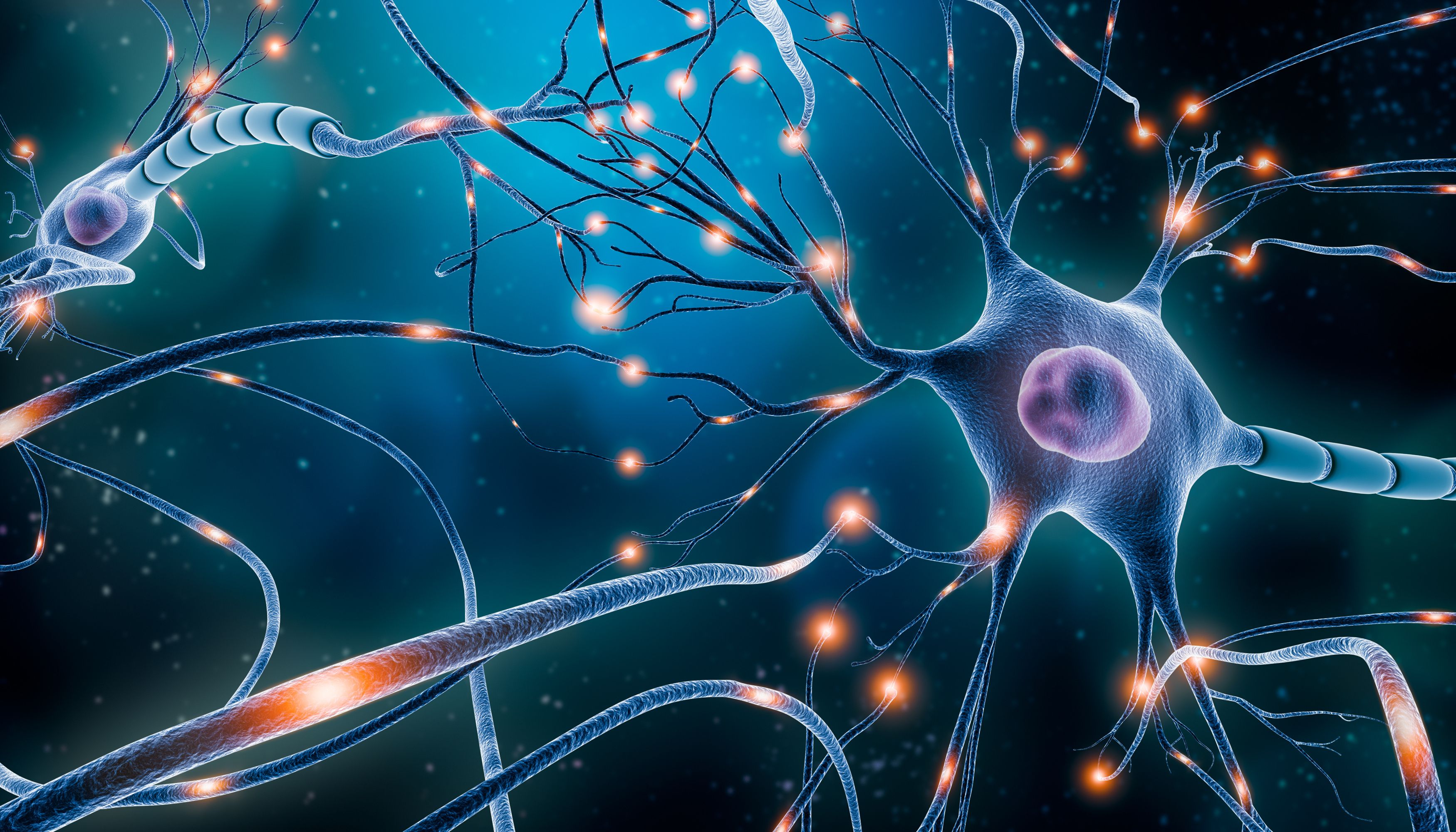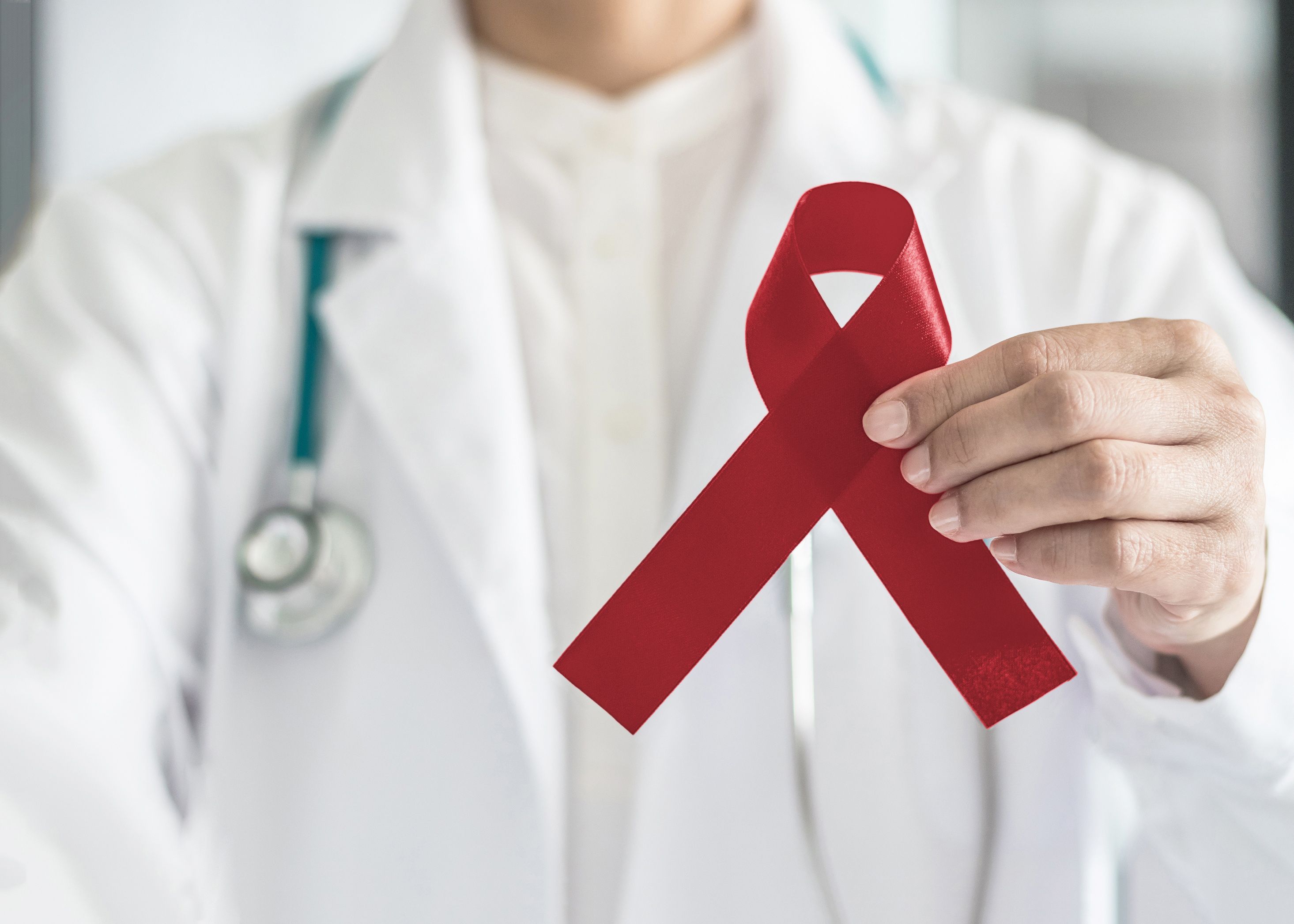
Video
Navigating Current and Prospective Vaccine Technologies
Evolutionary vaccine technologies driven by the COVID-19 pandemic are explored in a discussion led by Dr Cohen.
EP: 1.Responding to Vaccine Reluctance Across Patient Populations
EP: 2.Vaccination Advocation Amid Misinformation
EP: 3.Obstacles Impacting Compliance with Immunization Schedule
EP: 4.Navigating Current and Prospective Vaccine Technologies
EP: 5.Novavax Emergence and Anticipating Patient Scrutiny Regarding Vaccines
EP: 6.Utilizing Immunization Trackers in Community Pharmacies
EP: 7.Shifting of Pharmacist and Technician Roles Due to the Pandemic
EP: 8.Optimizing Immunization Schedules Among Young Adults
EP: 9.Introducing COVID-19 Vaccines to Parents of Infants and Toddlers
EP: 10.Vaccine Administration and Care Management - Pediatric-Specific
EP: 11.Coping With Burnout and Stress in Community Pharmacies
EP: 12.Managing Increasingly Demanding Workflows for Pharmacists and Technicians
Ed Cohen, PharmD, FAPhA: As we look into the different types of COVID-19 vaccines, can you briefly discuss the differences and how the vaccines available might impact decisions to get a COVID-19 vaccine?
Wesley Nuffer, PharmD, BCPS, CDCES: Absolutely. Mary, you make some excellent points. One of the early things that I learned about vaccine hesitancy is that it doesn’t mean you’re an antivaxxer. Unfortunately, if you want to ostracize yourself, the fastest way to do so is to go on social media like Facebook and declare yourself an antivaxxer. [Individuals] will be downright terrible to you. The culture has been interesting with that. But it’s important to remember that someone asking questions isn’t an antivaxxer, and they deserve our trust and compassion.
The exciting thing—if you can say anything was exciting about COVID-19—was that we were able to move forward the technology of these mRNA vaccines in a short span, which could have taken decades. We know that these vaccines work very well. Most of the recommendations, particularly in the space of booster vaccines, are around these mRNA vaccines, of which Pfizer and Moderna have products. We’re going to talk about boosters a little later, but those make up the preferred boosters because they’ve been shown to be so efficacious and are going to transform the future of vaccine creation.
The other vaccines that we have include the viral vector vaccine that has been available for a while. It was exciting when Johnson & Johnson’s first came out because it was a single dose. That’s getting to the point that we’ll get somebody to take their first vaccine, but if they have a bad experience with it or got sick from it, I’ve had patients say, “I never want another one.” You get some resistance on your follow-up doses if they had a bad reaction.
We were very hopeful that this one-and-done would be a great way to vaccinate as many [individuals] as possible and not have loss to follow-up or loss because of adverse effects [AEs]. Unfortunately, the efficacy wasn’t there. Compounding that problem were some rare AEs having to do with blood clots and bleeding disorders, which moved the Johnson & Johnson vaccine down to a recommendation by the CDC that you can still use it and should use it if you don’t have access to these other vaccines. We’re talking about developing countries or areas where there isn’t as much availability as we’re lucky to have in most of the United States. That’s where [the Johnson & Johnson vaccine] falls now.
Transcript edited for clarity.
2 Commerce Drive
Cranbury, NJ 08512
All rights reserved.





